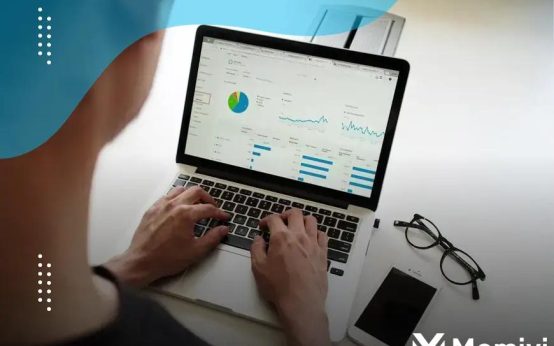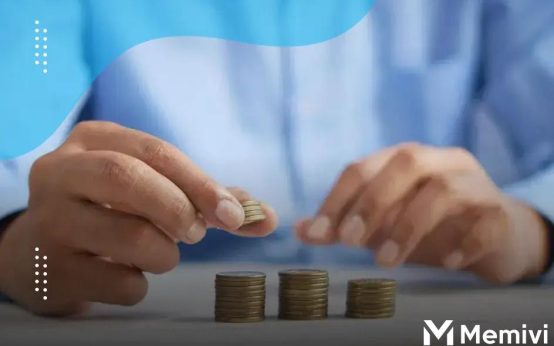
Tackling debt can be overwhelming, but UK residents have government-backed debt relief options at their disposal. Understanding these options is crucial. In this guide, we’ll explore the different types available, the eligibility criteria for UK residents, and the steps to apply. Let’s dive into how you can regain financial freedom.
Understanding Government-backed Debt Relief
Government-backed debt relief programs are designed to help individuals manage and reduce their financial burdens. These programs are crucial for those struggling with debt, offering structured solutions that are supported by government initiatives. Understanding how these programs work can empower you to make informed decisions about your financial future.
Key Aspects: These debt relief options typically include arrangements such as debt management plans, consolidation loans, or Individual Voluntary Arrangements (IVAs). Each has distinct features tailored to assist debtors in different financial situations. Recognizing the specific need of your financial condition is essential for choosing the right program.
Most government-backed debt relief solutions aim to facilitate repayment in a manner that is sustainable for individuals. They often involve negotiations with creditors to reduce monthly payments or the total amount owed.
It’s important to understand the terms and conditions associated with each option, as not all types of debt qualify for these programs. Usually, personal loans, credit card debts, and certain types of overdrafts are included. However, other liabilities might be excluded. Always verify the specific debts covered under each scheme before proceeding.
Utilizing these government-backed options can provide a safety net and potentially prevent more severe financial distress. Seek advice from certified financial advisors to explore the option that best suits your needs.
Different Types of Debt Relief Options
Exploring the diverse options for debt relief can help you find the best solution for managing financial burdens. In the UK, various government-backed debt relief plans offer structured solutions tailored to different needs.
Debt Management Plan (DMP)
A Debt Management Plan is an informal agreement between you and your creditors. With a DMP, you consolidate your debts into a single monthly payment, making it easier to manage. It works best for those with non-priority debts, such as credit cards or personal loans, and does not include legally binding terms.
Individual Voluntary Arrangement (IVA)
An Individual Voluntary Arrangement is a formal agreement designed to help you repay your debts at an affordable rate over a given time, usually around five years. An IVA offers protection against creditor actions provided you meet the agreed payments. It’s suitable for those with multiple unsecured debts who need predictable payments.
Debt Relief Order (DRO)
A Debt Relief Order is an option for those with minimal assets and low income, making it impossible to pay off debts. You must meet certain criteria to be eligible for a DRO. Once granted, you’re temporarily protected from creditor actions, and your debt may be written off if your circumstances haven’t improved after a year.
Bankruptcy
Bankruptcy is a legal status indicating you cannot repay your debts. It’s suitable for serious cases where other debt relief options are not viable. Bankruptcy can free you from overwhelming debt, but it also involves potential sale of assets and impact on credit ratings.
Debt Consolidation
Debt Consolidation involves combining multiple debts into one loan with more favorable terms. This does not directly reduce your debt but simplifies the repayment process and possibly lowers interest rates, making it easier to manage your financial situation effectively.
Eligibility Criteria for UK Residents
Determining your eligibility for government-backed debt relief options in the UK is crucial to finding the right solution for your financial situation. The criteria can vary depending on the specific program, but generally, you need to reside in the UK. Some schemes may have specific residency length requirements.
Income and Financial Assessment
Your income level may play a significant role in determining eligibility. Individuals with lower income or those facing financial hardship might be prioritized. A complete financial assessment is often conducted to understand your financial health, including your debts, assets, and expenses.
Types of Debts Considered
Not all debts may qualify for relief. Typically, unsecured debts such as credit cards, medical bills, and personal loans are considered. Secured debts like mortgages or car loans might not qualify under some plans. It is important to review the specific qualifications for each program to understand which debts can be addressed.
Other Considerations
Some programs might require that you have already attempted to manage your debt through alternative means before applying. Demonstrating a genuine need and effort to resolve your debts can be beneficial in fulfilling the eligibility criteria.
Meeting the Criteria
Eligibility often involves meeting a combination of these requirements, alongside other possible specific prerequisites associated with each debt relief scheme. To ensure you meet the criteria, thorough research and possibly consulting with a financial advisor is recommended.
Steps to Apply for Debt Relief

- Gather Necessary Documents: Ensure that you have all necessary documents on hand. This includes proofs of income such as payslips or bank statements, a detailed list of your current debts, and any other financial obligations or expenses. Having these documents ready will streamline the application process.
- Contact a Debt Advisor: Reach out to a qualified debt advisor. They can provide guidance on suitable debt relief options available under government-backed schemes. Their expertise will help you understand the best route to take based on your financial situation.
- Complete the Application Form: Depending on the type of debt relief you are applying for, you may need to fill out an application form. Follow the instructions carefully and ensure all information is accurate. Mistakes could delay processing.
- Submit Your Application: Once the application is complete and double-checked, submit it through the appropriate channels. Ensure that all required documents are attached and that submission procedures are followed correctly to prevent delays.
- Communicate with Creditors: After submission, engage with your creditors, as they may need to verify or discuss the details of your application. Keeping open lines of communication can help in advancing your case.
- Await Approval: Typically, there will be a waiting period. During this time, check for any correspondence and respond promptly. This will help in case any additional information is required to finalize your application.


 Demystifying the UK’s ‘Great Wealth Transfer’: What It Means for Young People. <p class='sec-title' style='line-height: normal; font-weight: normal;font-size: 16px !important; text-align: left;margin-top: 8px;margin-bottom: 0px !important;'> Demystifying the UK's 'Great Wealth Transfer' reveals its impact on future generations. </p>
Demystifying the UK’s ‘Great Wealth Transfer’: What It Means for Young People. <p class='sec-title' style='line-height: normal; font-weight: normal;font-size: 16px !important; text-align: left;margin-top: 8px;margin-bottom: 0px !important;'> Demystifying the UK's 'Great Wealth Transfer' reveals its impact on future generations. </p>  Understanding Your UK Credit File: What’s on It and How to Fix Errors. <p class='sec-title' style='line-height: normal; font-weight: normal;font-size: 16px !important; text-align: left;margin-top: 8px;margin-bottom: 0px !important;'> Learning the ins and outs of a UK credit file will help you make informed financial decisions. </p>
Understanding Your UK Credit File: What’s on It and How to Fix Errors. <p class='sec-title' style='line-height: normal; font-weight: normal;font-size: 16px !important; text-align: left;margin-top: 8px;margin-bottom: 0px !important;'> Learning the ins and outs of a UK credit file will help you make informed financial decisions. </p>  The UK’s Cost of Education: A Breakdown of School Fees and Saving for the Future. <p class='sec-title' style='line-height: normal; font-weight: normal;font-size: 16px !important; text-align: left;margin-top: 8px;margin-bottom: 0px !important;'> In this article, we will delve into various aspects of educational costs in the UK, offering insights into tuition, living expenses, and potential financial aid options. </p>
The UK’s Cost of Education: A Breakdown of School Fees and Saving for the Future. <p class='sec-title' style='line-height: normal; font-weight: normal;font-size: 16px !important; text-align: left;margin-top: 8px;margin-bottom: 0px !important;'> In this article, we will delve into various aspects of educational costs in the UK, offering insights into tuition, living expenses, and potential financial aid options. </p>